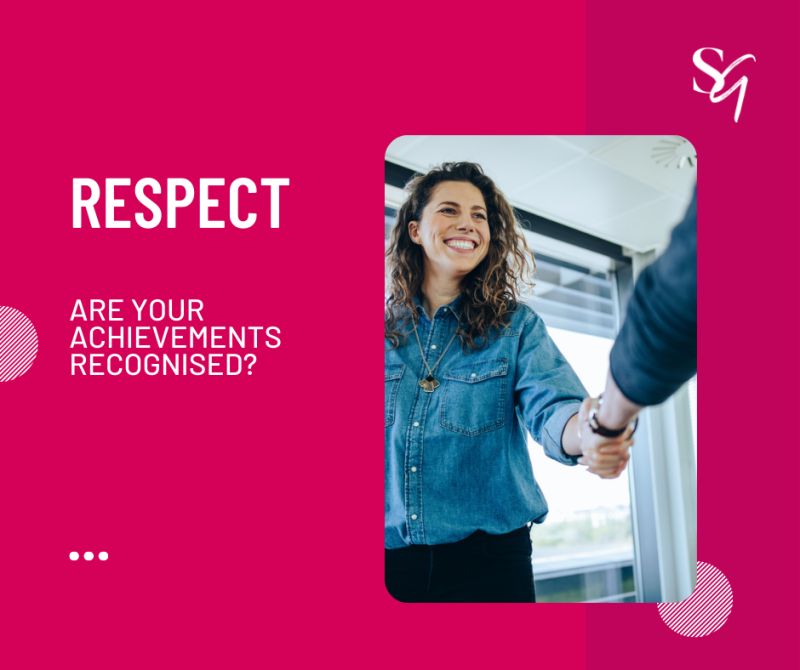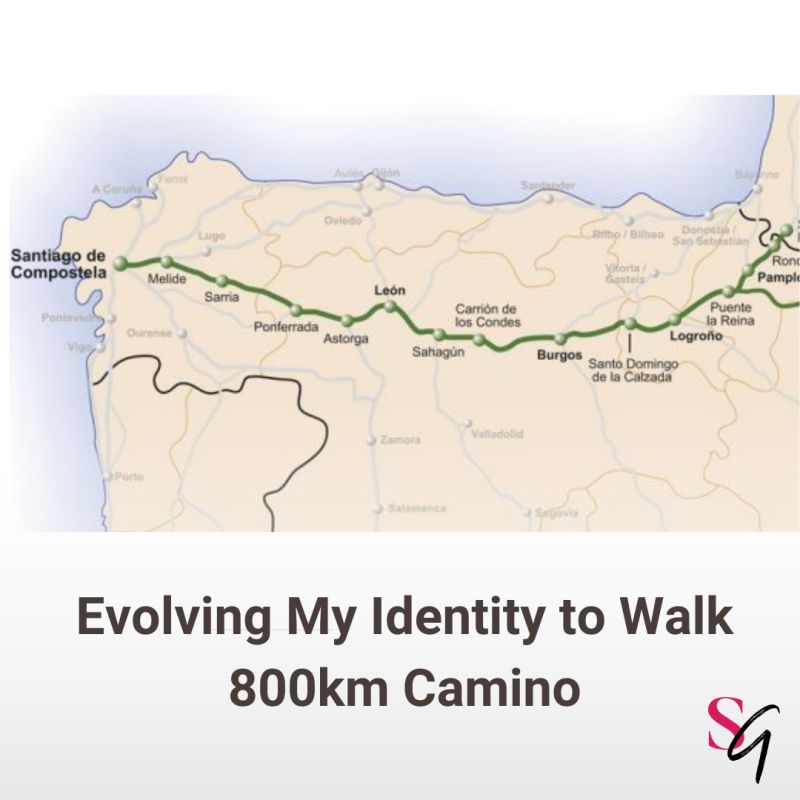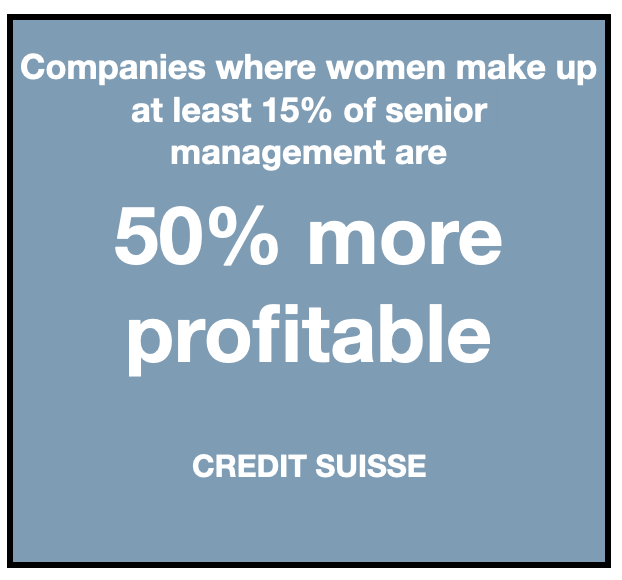Do you remember the story of the ugly duckling? Here’s a reminder if you’ve forgotten. The original is by Hans Christian Andersen.
A mother duck laid her eggs, but when they began to hatch, she noticed that one of them was different from the others. Unlike the other pretty yellow ducklings, this one was grey and dirty-looking.
The grey duckling tried to fit in with the other ducks but the others rejected him. He had to admit he was different, he didn’t have those bright feathers and he was getting rather big and clumsy.
So the sad, grey duckling left and tried to find other ducks to play with. But whichever ducks he found, they ignored or made of fun of him. After a hard cold winter, he came back to his family. He gazed into the lake in front of him and this time saw a beautiful swan looking back at him. He was different, but he was beautiful. He soon realised he could swim very fast, he could catch more fish than any of his brothers and sisters. He was amazing! The other ducks came to see what all the splashing was about. Finally, they recognised him as the amazing swan he was with many useful talents they didn’t have.
I have a question for you. Do you secretly (or perhaps not so secretly) think the world would be better if everyone was more like you? It would perhaps be more organised, or more focused, or more fun.
Would the world be a better place if everyone was more like you?
Just like in the story of the ugly duckling, we tend to believe the world (and our team) would be a better place if everyone was more like us. It is human nature to believe that others aspire to be like us.
In the workplace, if we are a person who values detail, we presume that others do too and that they are rightly striving to be as fabulously detail-oriented as we are. If our thinking style is more big picture, we assume others recognise the superiority of that style of thinking and are striving to be as good at is as we are. But they don’t.
A screwdriver doesn’t want to be a hammer, it wants to be a really good screwdriver.
Heterogeneous teams are strong teams, but they have the biggest potential to be dysfunctional. We naturally gravitate towards people who are like us and this can cause schisms and cliques in a team.
If you have a team with different styles and strengths, you may have a great opportunity to deliver whole projects from idea to execution. But those different styles often find it difficult to work productively together. They can disagree about what’s important. They often work in different ways. They are excited by and reassured by different aspects of the work. When different team members see facts about the work, they will see different implications from the ones you see. If you want the best for your team, you’ll have to play ‘helicopter’, taking no view as any more valid than another and using all skills and perspectives to deliver a 360 degree fantastic solution.
Heterogeneous teams are the strongest but the most potentially dysfunctional
It is easy to pay lip-service to respecting difference, but how much effort do you put in to viewing things from others’ points of view? The most productive view is a compound one, put together from the views of everyone. When you rail-road the perspectives of other people, you risk losing their dedication to your cause. It’s vital they have the time and are given the attention to explain how they see things.
3 Top Tips for Mutual Respect in Heterogeneous Teams
- Think of the person in your team whose perspective is most different from yours. Grab a coffee with them, ask them to take you through their thinking and listen with no intent of explaining your view back to them. You can do that at another time. This is about understanding, not persuading.
- People’s perspectives tend to serve their needs in life and work. What does this perspective tell you about this person? WHY do they have these priorities? What is it about this person’s character (what they aspire to/what they are afraid of) that is driving this perspective? Check this (tactfully) with them.
- Now think, if those are their deeper needs, how can a solution be made more appealing to them?
What are your experiences with heterogeneous teams? I’d love to hear about them.






